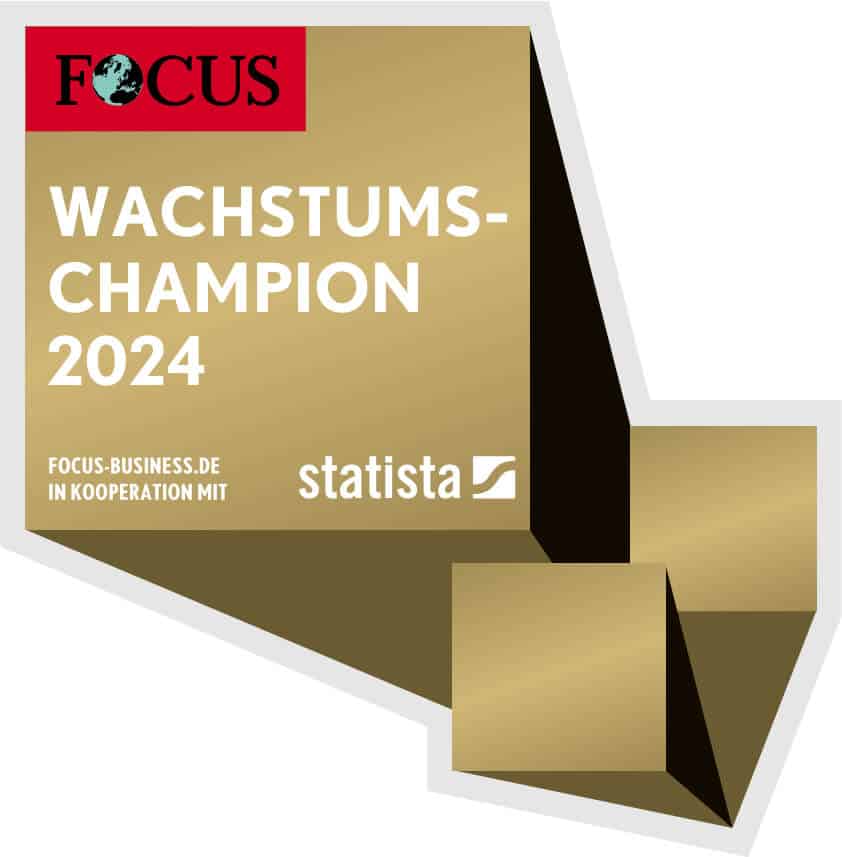Another important topic that still moves under the radar in the corporate IT environment is business rules management. A business rules management system (GRMS) or Business Rule Management System (BRMS) offers companies the opportunity to create, implement and monitor so-called business rules. This in turn is done using special computer programs that deal with the company's own services, specialist applications or business processes. This article provides an insight into the introduction, implementation and administration of business rules management systems, looks at application examples and shows currently available software solutions and user experiences with them.
Concrete area of application of business rules management systems
Business rules can be used to define complex business logic for handling recurring tasks in the company. Rules that were previously hard-coded in IT systems are now outsourced to a Business Rule Management System (BRMS). BRMSs are also suitable for modeling complex decision-making contexts, as they are better suited to modeling such rules than programming platforms, for example. Examples of applications for business rules management systems are
- Decisions within the framework of a release workflow
- Role determination within the framework of workflows
- Calculation of amounts or commissions
- Country-specific calculations of surcharge rates
- Calculations within the variant configuration*
- Assessment of risks in lending.
Rule types of a BRMS are for example:
- Decision tables
- Decision trees
- Rules that are formulated with If..., Then..., Else... statements
- Search trees.
Different operators can be used within the business rules. Formulas can also be integrated or even database queries can be made. In this way, for example, additional decision criteria can be used.
Management and use of business rules
The rules in a BRMS are maintained and managed in a repository. From there, they can be versioned, simulated and transported. They are put to the test in the same way as programmed applications: They are only used productively in the company after a test.
The decoupling of programming and business logic gives the company more flexibility: for example, specialist departments can act with greater independence from their company's IT department. As a rule, IT remains responsible for the basic framework of the rules. However, certain parts of rules, such as the content of decision tables, can be outsourced to the specialist department. Rules can also be developed dynamically, which makes the use of in agile projects supported. Another advantage of business rules management is that definitions can be changed even after an IT application has gone live without the need for new programming.
Currently available software solutions for business rules management systems
There are currently numerous standard systems on the market, such as Drools, JBoss Enterprise BRMS and WebSphere ILOG JRules. SAP also offers a BRMS in the form of the Business Rules Framework plus (BRFplus). This is fully integrated into the ABAP stack of the Netweaver Application Server. With the Decision Service Management (DSM), which is subject to a charge, a solution based on BRFplus is also available, which offers added value compared to the free BRFplus, particularly in cross-system scenarios.
The advantage of these solutions over independent systems lies in their close integration into the SAP ERP system. BRFplus is therefore also used in a number of decision-making processes within the SAP standard.
Personal experience with BRFplus as a business rules management system
I myself already used BRFplus two years ago in a variant configuration project at an automotive supplier. Together with the partners from EXA AG, we used BRFplus to map business rules for high-level configuration. As the customer's variant configuration rules were difficult to map in the classic SAP variant configuration, BRFplus was chosen at this point.
As a result of these positive experiences with BRFplus, I am currently in the process of mapping migration rules in BRFplus for a current customer, an automation technology company. We are in the process of successively migrating various business units and locations to a new organization. As the rules are constantly changing depending on the locations, the flexibility of BRMS comes into its own here. The extensive simulation options also offer a major advantage, especially when testing the rules.
Outlook on business rules management systems
In the medium term, I expect that there will be numerous scenarios in which automation through machine learning will take place as soon as flexibility and the ability to learn are required. The above-mentioned use case "Assessment of risks in lending" also clearly shows that decision-making through machine learning, which is constantly evolving, offers significantly more possibilities here than a business rule where users have to enter the decision rules. For many other use cases, however, such as the calculation of contributions or commissions, this change is not to be expected. Business rules management systems will therefore certainly make a lasting contribution to the flexibility of corporate IT.
Conclusion
Business rules management systems offer increased flexibility and reduce the maintenance effort within IT applications. There are numerous software solutions on the market that are now mature and have long since left their "teething troubles" behind them. Within SAP, BRFplus has proven itself as a solution in a wide variety of application scenarios.
—
*In this context, you may also be interested in the article "Megatrend individualization: required skills in the company" are interested.
(Cover image: © Elnur | fotolia.com)


